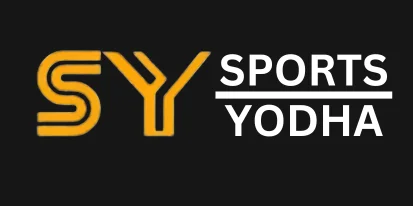While there are various sizes of badminton rackets available for amateur players, professional players have to adhere to certain specifications.

Also, Are you looking for outdoor gym equipment manufacturers in India?
Badminton is popular among youngsters in Asia and parts of Europe. Playing at a fast pace is really fun. But be prepared for it. The badminton racket is the center of this excitement._
The badminton racket or racquet, officially adopted by the Badminton World Federation (BWF), is an easy-to-handle, lightweight equipment that forms the basis of the game.
While there are many lengths and sizes of badminton rackets available for children, adults and general use, professional badminton players have to use rackets of a certain length and width.
Let’s take a look at the specifications set by the BWF.
A badminton racket has five main parts – the stringed part, the head, the throat, the shaft and the handle. The entire racket is called the frame.
The maximum length of the frame can be 680 mm while the total width is limited to 230 mm.
Stringed area
This is pretty self-explanatory – the stringed area is the meshed part of the badminton racket through which the player aims to hit the shuttlecock.
According to BWF rules, the stringed area must be flat, and the pattern of cross strings must be interlinked rather than crossed.
The stringing pattern is recommended to be uniform and not dense – more amount of string in any part of the stringed area means less tension of the string.
The total length of the strings must not exceed 280 mm, while the total width needs to be maintained within 220 mm.
The Head
The area that surrounds the stringed area is called the ‘head’ of the badminton racket.
Now, the shape of the head is usually oval – used by professional players who usually prefer more power on their shots.
However, there is also another shape called the ‘isometric head’ – which means that the racket is wider at the top.
The wide nature means that there is a larger ‘sweet spot’ – the part of the racket that meets the shuttle best – giving players more opportunities to hit the shuttle better. However, this is usually used by amateur badminton players and not by professionals.
The Throat
This is the part of the racket that supports the head by providing a stable base and connects the head to the shaft.
This is an optional part, as some badminton rackets connect the head directly to the shaft.
In rackets that do not have a throat, the stringed area can be extended. However, the maximum width of the extended range can be 35 mm, while at the same time ensuring that the total length of the stringed area does not exceed 330 mm.
The Shaft
The shaft is the part of the racket that connects the handle to the head, or in some cases to the throat of the badminton racket.
There are no specifications stated for the length or width of the shaft.
The Handle
The lowest part of the racket held by the player, the handle is arguably the most important cog.
The ease of grip on the handle for the player often determines how comfortable the player is with the racket and can dictate the day to day performance of professional players.
There are no specifications for the length or width of the handle, each player customises it to their own needs.
In addition, the BWF laws also state that rackets must not have any attached objects or protrusions, except to protect the racket from wear, for example by applying small tape to the stringed part, distributing the weight or securing the handle by cord in the player’s hand, provided that such measures are reasonable in size and placement.
Badminton rackets should also be stable, long in shape and should not have any device attached to it that can change the shape of the racket.
